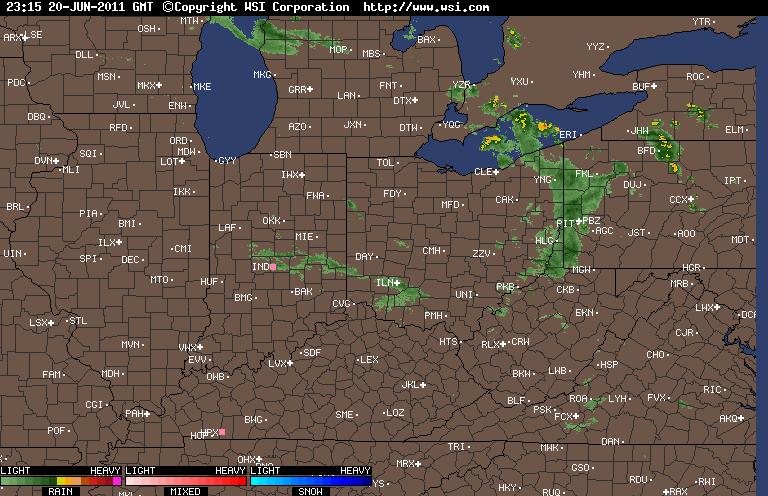New reports of Dangerous Levels of Iodine in the sea have now been confirmed. With concentrations of over 3000 times the legal limit being measures in some areas near the Fukushima nuclear plant. As we stated last week , it would only be a matter of time before this reached our sea food supply. One official reiterated that the” polluted seawater will not pose immediate health risks because fishing would not be conducted in the evacuation-designated area within 20 kilometers of the plant and radiation-emitting substances would be ”significantly diluted” by the time they are consumed by marine species and then by people”. Reports of radiation and seafood are everywhere http://www.terradaily.com/reports/Seafood_radiation_strikes_Japans_culinary_heart_999.htm The problem with this theory is that a great deal of fish pass through the pacific on there way to Alaska. Diluted or not these fish will consume iodine and probably diluted dispersant s applied to help with reducing the high levels of Iodine.. Latest tests show the high levels of radioactive materials were detected from samples taken Friday from the seabed at points 20-30 meters deep, according to Tokyo Electric Power Co. I recommend stocking up canned seafood as soon as possible as the newer shipments of seafood could be contaminated.
Radioactive iodine-131 at a concentration of 3,355 times the maximum allowable level under the law was detected in a seawater sample taken Tuesday afternoon near the crisis-hit Fukushima Daiichi nuclear plant, the government’s nuclear agency said Wednesday.
The highest concentration observed so far in seawater from the troubled power station suggests radiation originating from reactor cores, where fuel rods have partially melted, may have been continuously leaking into the Pacific Ocean.
Hidehiko Nishiyama, a spokesman for the Nuclear and Industrial Safety Agency, said the exact cause of the high iodine concentration remains unknown but that data taken by the plant operator Tokyo Electric Power Co. indicate radiation that has leaked at the site during the ongoing crisis ”somehow” flowed into the sea.
He reiterated that the polluted seawater will not pose immediate health risks because fishing would not be conducted in the evacuation-designated area within 20 kilometers of the plant and radiation-emitting substances would be ”significantly diluted” by the time they are consumed by marine species and then by people.
”It is important that we keep monitoring radiation data, find out what caused the pollution as soon as possible and take measures to prevent the radiation levels from rising further,” Nishiyama said.
On Saturday, the iodine-131 concentration level in the sea some 330 meters south of the drainage outlets of the troubled Nos. 1-4 reactors at the plant reached about 1,850 times the legal limit, but the density had declined to around 28 times on Monday.
Chief Cabinet Secretary Yukio Edano said it is expected to take ”a considerable amount of time” before the temperatures of fuel rods in the reactor cores at the power station are lowered in a stable manner.
The operator known as TEPCO has been pouring massive amounts of coolant water into the reactors and spent nuclear fuel pools at the site, where cooling functions were paralyzed after the March 11 magnitude 9.0 quake and ensuing tsunami.
But radiation-contaminated water has been filling up buildings and trenches at the power station, obstructing work to restore the lost functions. Serious damage to fuel rods from overheating could lead to the release of enormous amounts of radioactive materials into the air.
Nishiyama, meanwhile, said TEPCO has found that the radiation level in water was low in an underground trench, which is connected to the No. 1 reactor’s turbine building. The utility firm said most of the water in the gutter is believed to be seawater from tsunami waves.
The agency spokesman said, however, the operator does not plan to release the trench water into the sea and will begin moving it to a building designed for radioactive waste disposal at the plant later Wednesday.
High levels of radiation exceeding 1,000 millisieverts per hour have been detected in water in the trench connected to the No. 2 reactor’s building, with TEPCO suspecting the polluted water came from the reactor’s core.
Similarly, highly radioactive water has been soaking the basement of the reactor buildings, prompting TEPCO to pump up the polluted water to tanks. At the No. 1 reactor’s turbine building, the depth of stagnant water has been halved to 20 centimeters, Nishiyama said.
To cope with a possible situation under which the amount of pumped up contaminated water exceeds the capacity of tanks to accommodate it, a member of the Nuclear Safety Commission of Japan, a government panel, on Tuesday mentioned the need to dig a pool outside the turbine buildings.
Edano said transferring the highly radioactive water to a tanker at sea is an option being studied by the government and nuclear experts.
The top government spokesman also said the experts have been examining the possibility of covering the reactors’ buildings damaged by hydrogen explosions with special sheets to reduce the amount of radioactive particles being dispersed from the facility.
Nishiyama also said TEPCO will begin Thursday spraying water containing coating agents at the site to prevent radioactive dust from being carried away by wind and rain.
source http://english.kyodonews.jp/new






